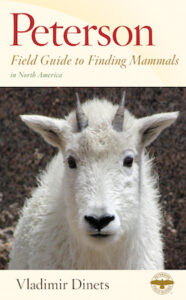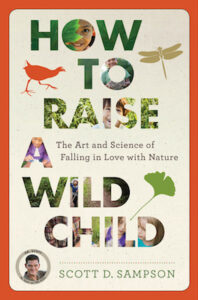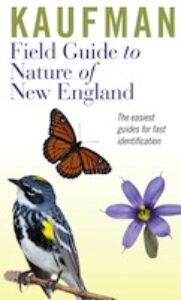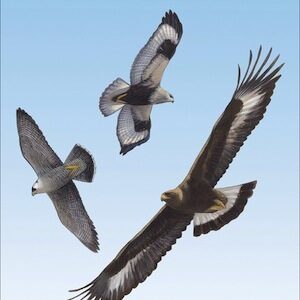Unlike birds, which are generally more difficult to correctly identify than to find, mammals are often quite the opposite. Indeed, given their tendency toward nocturnal activity, sometimes even knowing where to look is a bit of a conundrum.

Unlike birds, which are generally more difficult to correctly identify than to find, mammals are often quite the opposite. Indeed, given their tendency toward nocturnal activity, sometimes even knowing where to look is a bit of a conundrum.

Just prior to Christmas a number of books arrived on my desk; most of which I had been expecting but one was a complete surprise – an advance reading copy from Houghton Mifflin Harcourt of Scott Sampson’s forthcoming “How to Raise a Wild Child; The Art and Science of Falling in Love with Nature.”

Such a wide-angle overview of nature is only possible for a limited geographic area if the book in which it is contained is to be sufficiently compact to fit into a jacket pocket or field bag; which is why the Kaufmans limited the scope of this field guide to the nature of just New England.

Over the twenty-four years since the publication of Clay Sutton, Pete Dunne, and David Sibley’s Hawks in Flight back in 1988, it has become just short of holy scripture for all those wishing to learn how effectively to identify airborne raptors in North America – particularly those seen at a great distance. Now, nearly a quarter […]